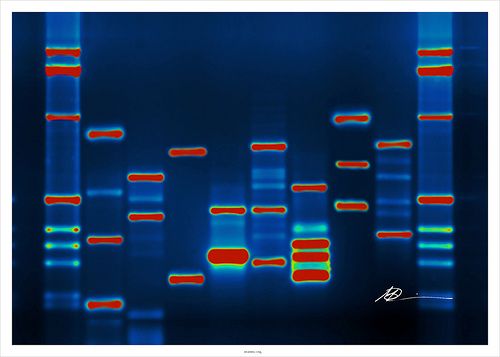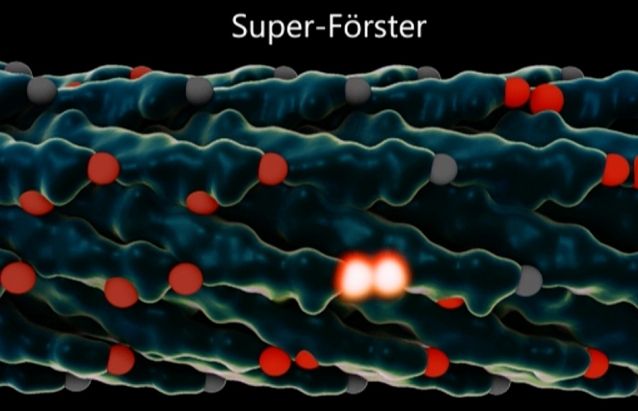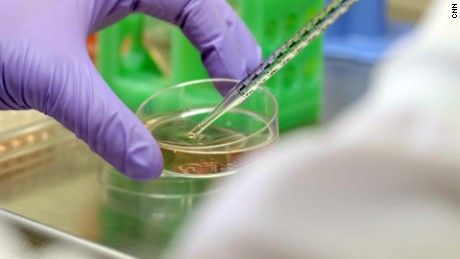Oct 19, 2015
CEO Undergoes Gene Therapy To Reverse Aging
Posted by Shailesh Prasad in categories: biotech/medical, genetics, life extension
The first attempt at using gene therapy to prevent regular aging allegedly happened last month in what could spell the beginning of a new era in do-it-yourself genetic modification.
CEO and founder of BioViva Sciences USA Inc, Liz Parrish, claims she underwent gene therapy at an undisclosed location in Latin America where she received two forms of treatment, including muscle mass enhancement and therapy to increase the length of the telomeres, the DNA caps which protect the chromosome from deterioration and are associated with longer life span.
Parrish announced in a Reddit AMA that she had gone through the therapy and if successful she plans to roll out a public offering in three to five years despite neither treatment being FDA approved. The results of the therapy are yet unknown and she says she feels no different so far but believes it will be months before any changes occur. If successful her body, in theory, should begin to de-age.








 In Jurassic Park, a novel devoted to the scare of genetic engineering when biotech was new in the 1990s, the character of John Hammond says:
In Jurassic Park, a novel devoted to the scare of genetic engineering when biotech was new in the 1990s, the character of John Hammond says:








